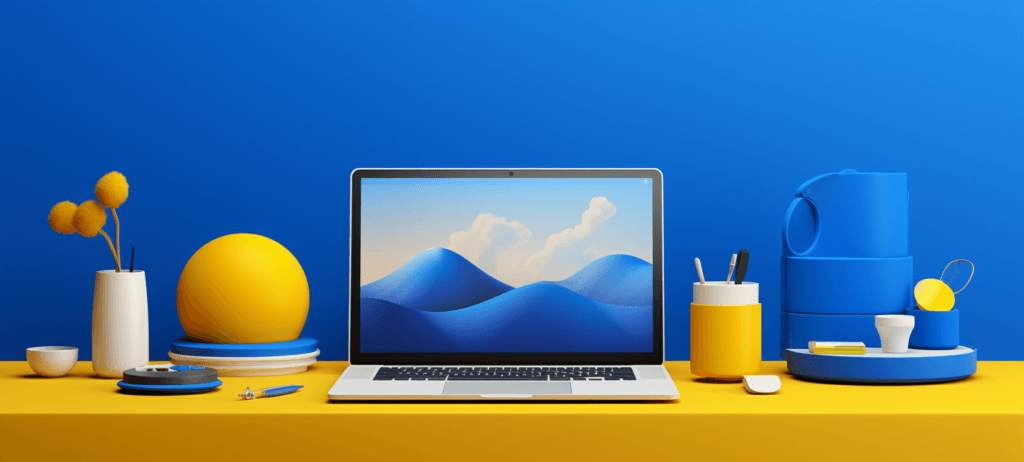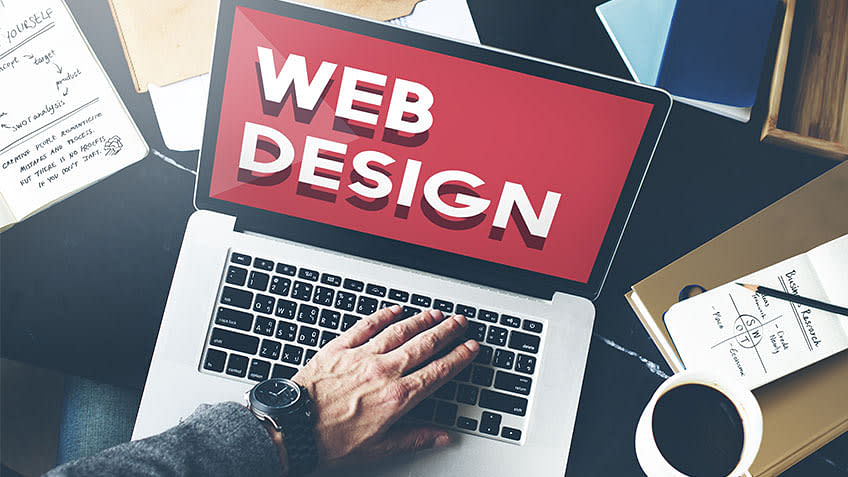Master the Art of Website Design With These Expert Tips and Tricks
In today's electronic age, having a aesthetically appealing and well-designed web site is critical for any kind of company or private wanting to make a mark online. However, mastering the art of website design needs greater than simply an eye for aesthetics. It entails a deep understanding of individual experience, capability, and the current patterns and methods. So, just how can you boost your website design abilities to the next level? In this conversation, we will certainly explore experienced pointers and techniques that will not just improve the visual allure of your internet site however additionally improve its use and performance. From selecting the best shade combination to incorporating reliable call-to-actions, these insights will aid you produce a web site that not just mesmerizes your audience however likewise drives outcomes.
Choosing the Right Shade Scheme
When choosing a color combination for web layout, it is essential to consider variables such as brand name identification, target audience, and overall visual objectives. The colors used in an internet site can significantly influence how individuals engage and perceive with the site. It is vital to pick shades that line up with the brand name's identification and values. A technology firm might opt for a smooth and modern-day color palette, while a kids's brand name might choose bright and lively colors.
In addition to brand identification, the target audience must likewise be taken right into factor to consider when choosing a color palette. Recognizing the preferences and expectations of the target audience can aid produce a appealing and aesthetically appealing web site.
Lastly, the total aesthetic goals of the internet site ought to be taken into consideration when choosing a color scheme. The color design should match the overall layout and design of the site, creating a cohesive and visually enticing experience for users. Whether the objective is to produce a calm and calming environment or an energetic and dynamic ambience, the shade palette ought to be meticulously picked to accomplish the wanted aesthetic.

Developing Straightforward Navigation
To enhance the user experience, it is important to create user-friendly and easy-to-navigate menus for sites. Straightforward navigating is crucial for leading visitors with the different sections and web pages of a web site, allowing them to rapidly discover the content they are looking for. When creating the navigating menu, simplicity is essential. Stay clear of jumbling the menu with as well many choices, as this can overwhelm individuals and make it tough for them to choose. Rather, focus on giving concise and clear labels for each and every food selection product, making use of acquainted terminology that users can conveniently understand.

Along with clear labels and sensible company, it is very important to make the navigation food selection conveniently available. Place it in a popular place, such as at the top of the page or in a fixed position, to make sure that customers can conveniently locate and access it from anywhere on the web site. Consider using a responsive style technique to ensure that the navigating menu remains usable and obtainable on different devices, consisting of mobile phones and tablets.
Incorporating Receptive Design Strategies
In order to enhance site performance across numerous devices, including receptive layout techniques is necessary. Responsive layout is a web design method that enables web sites to respond and adjust to various screen sizes and alignments. With the boosting use mobile phones and tablets, it is critical for internet designers to develop internet sites that supply an optimal viewing experience for users on all tools.
One of the key techniques in responsive style is using fluid grids. As opposed to creating fixed-width formats, web designers produce flexible grids that resize and change based upon the display dimension. This guarantees that the content on the web site stays accessible and legible, no matter of the tool being made use of.
An additional crucial strategy is using flexible images and media. By setting the maximum width of videos and pictures to 100%, they will automatically reduce to fit smaller sized screens. This avoids photos from being removed or misshaped on mobile tools.
In addition, receptive design involves using media queries to apply various designs and layouts based on the tool's display dimension. This enables internet developers to develop a seamless experience by customizing the presentation of content according to the device being utilized.
Optimizing Site Speed and Efficiency
One crucial aspect of internet style is enhancing site speed and performance. In today's busy digital globe, users have little persistence for slow-loading sites. A slow-moving site can bring about a poor user experience, high bounce rates, and reduced online search engine positions. To make sure that your internet site performs at its finest, there are numerous techniques you can carry out.
Firstly, enhancing pictures is crucial for boosting internet site rate. Photos must be effectively compressed and resized to reduce their file dimension without sacrificing top quality. This can be done making use of picture optimization devices or plugins.
One more essential variable to official source consider is website caching. Caching includes saving fixed variations of internet pages to ensure that they can be promptly obtained rather of generating them from scrape each time an individual sees the website (Webwize Website Designer in Tomball). This considerably minimizes filling times and enhances overall efficiency
Minifying CSS and JavaScript documents is one more efficient strategy. Getting rid of unneeded whitespace, comments, and decreasing code intricacy can greatly improve web site rate.
Implementing Effective Call-to-Actions
Creating compelling and persuasive call-to-actions is an important aspect of reliable internet design. A call-to-action (CTA) is a punctual or instruction that encourages users to take a particular activity on a site, such as buying, enrolling in a newsletter, or speaking to the company. Implementing effective CTAs can substantially improve customer interaction and conversion rates.
To produce engaging CTAs, it is very important to make use of click now concise and clear language that shares the worth recommendation and advantages of taking the preferred activity. The CTA ought to be aesthetically famous on the web page, making use of contrasting colors and design elements that draw the individual's interest. In addition, utilizing action verbs and developing a feeling of urgency can even more enhance the performance of the CTA.
In addition, it is essential to place the CTA strategically on the web page. Positioning it above the layer, where it is promptly noticeable to users without requiring to scroll, can dramatically boost its visibility and click-through prices. It is additionally advantageous to evaluate different variants of CTAs to identify which ones reverberate ideal with users and drive the highest conversion prices.
Final Thought
In final thought, understanding the art of website design needs attention to different elements such as shade palette choice, user-friendly navigation, receptive design techniques, site speed optimization, and reliable call-to-actions. By executing these specialist tips and methods, web developers can create functional and aesthetically appealing sites that boost individual experience and drive preferred activities.
The shades used in a web site can considerably affect how individuals perceive and interact with the site.In order to optimize site capability across different tools, including receptive design methods is crucial. Responsive design is a web layout approach that enables internet sites to react discover this and adjust to various display dimensions and alignments. With the boosting use of smartphones and tablet computers, it is crucial for web designers to develop sites that give an optimal watching experience for individuals on all tools.
